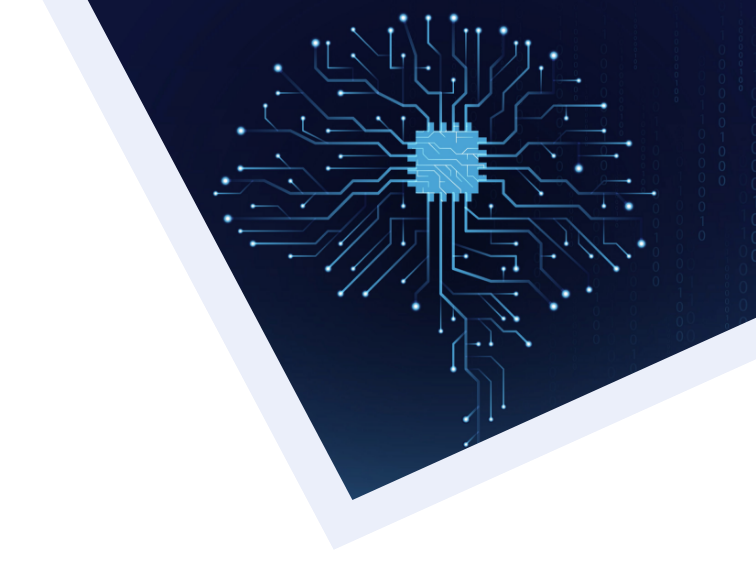Memory can be broadly divided into Volatile and Non-Volatile (NV) technologies.
Volatile memories like DRAM and SRAM deliver high speed and endurance but require constant power to be usable, and in the case of DRAM need to be constantly refreshed to retain its data. Non-Volatile technologies retain their data without power or refresh, some indefinitely (like NAND Flash) and some for extended periods of time (long retention or persistence memory, like 4DS). Traditionally for NV technologies there is an inherent tradeoff between this retention and the cell’s endurance, or how often the cell can be written to before the cell degrades and it can no longer be used as a memory unit. Additionally, traditional NV cells require either iterative programming or extended write times to program the cell which limits the speed at which the memory can be used.
The Area-based 4DS cell demonstrates both extremely fast write and long retention, filling a gap in the memory space which has not been met up to this point.


SRAM
Volatile, provides the fastest Volatile, provides the fastest access by CPU. But also large in size and power (6 transistors needed per cell)
DRAM
Volatile, provides large data storage capabilities with fast read and write times. Architected for large data transfer at high speeds. Needs constant refresh to retain data
4DS ReRAM
Persistent, provides extended data retention with very fast write time. Operates at the same speeds as DRAM
NAND
Non-volatile, provides lowest cost per byte of storage. Architected for very large data transfer and storage. Slow write compared to DRAM
MRAM, PCRAM,
Filamentary ReRAM
Non-volatile, provides high density alternatives to Flash for advanced node processes. Speed and energy demands vary.
Warm vs
Hot Data
Different classes of data needed on demand by the CPU or GPU
CXL
or Compute Express Link
De facto communications protocol to manage Storage Class Memory
Persistent vs Non-Volatile Memory
Different classes of non-volatile technologies. Where Non-Volatile commonly refers to permanent data retention (10 years or more) Persistent Memory provides tunable retention from hours to months at high endurance. Persistent Memory provides tunable data retention at high endurance.
MRAM, filamentary ReRAM, PCRAM, FeRAM – these other technologies are striving to be the next NV memory for when traditional NAND Flash can no longer keep pace with process node advances. Each of these technologies has their place and use – some are ideal for automotive NV RAM, some are good for IoT embedded applications at advanced nodes.
Today we see nobody that can compete with 4DS in terms of speed plus energy plus persistence and endurance benchmarks combined. This is because 4DS alone has been sticking with the Area-based PCMO ReRAM since 2007 where all other efforts in the space have fallen short.
Sign up for the latest news from 4DS Memory
Engage with us directly by asking questions, watching video summaries and seeing what other shareholders have to say via our investor hub.
